This week the Church around the world begins the season of Lent. The Eastern Churches begin Lent on Ash Monday while the Western Church begins on Ash Wednesday.
Did you know that the word “Lent” comes from the old English word lencten which literally means “spring season.”
And we know what happens at springtime: new life is born or regeneration of life occurs. This is our time to be reborn spiritually, going through a type of death in order to give birth to new life.
Let’s dig a little deeper into the themes of Lent and ponder its symbolism further.

Lenten Themes: Why the 40 Days?
Lent traditionally lasts 40 days, not counting Sundays, since these are the day of the resurrection. But why the 40 days? This is a direct link to the 40 days that Jesus Himself fasted in the desert.
Jesus did not eat or drink for 40 days, and we are asked to offer a small sacrifice to remember that.
The timing is also positioned as a lead up to Easter so it’s a great time to prepare for the Crucifixion, Death, and Resurrection of Jesus who came down to die for us, and to leave Himself with us by becoming food for us.

Lenten Themes: Connections to Genesis
There is a clear link to Genesis with two interesting themes.
The first theme is with the ashes, which are taken from the burnt palms of the previous year. The priest will mark our forehead saying the following words, “remember man that you are dust and to dust you should return”.
This is a reminder of our earthly origin and physical destiny that is found in Genesis 3:19. We are reminded of death and so should be ready for it and not take our life for granted. We also are reminded that life is temporary here, and that we should not be overly attached to things.
After all – you don’t take anything with you.
The second theme, which is taken from Jeff Cavins’ famous study ‘Unlocking the Mystery of the Bible’, is the fruit that was eaten and brought about sin.
In the original garden there were two trees. The first tree was the tree of life, and that tree was intended for us to eat from, so that we would live forever. There was a second tree, the tree of knowledge of good and evil.
We know the story of how Eve was given the fruit, and she ate of it along with Adam: both of them sinning and, consequently, losing their position in the garden.
The first food they ate from brought sin into the world, but later, in the New Covenant with Jesus, a new type of food will redeem us all from sin.
The first fruit is known to be the forbidden fruit but the second fruit is known as the fruit of the tree of life – and that is the Eucharist.

Lenten Themes: The Tree of Life
The tree of life was there in the garden and was originally intended for Adam and Eve to eat from but since they ate of the forbidden fruit they cut themselves from God.
If they ate from the tree of life in that state that would mean they will be cut off from God for eternity. Remember, from Corinthians 11:29, that whoever eats and drinks the Body and Blood of Christ unworthily, brings judgement upon himself. To save Adam and Eve from that fate, God put two angels to guard the entrance of the garden of Eden.
Later, we see a new garden in Gethsemane that sets the stage for the reopening of the garden, but the price to enter is paid first. That is Christ who will offer up His life in order to pay the debt we could not pay. The result is that He becomes our new Lamb of God and the new Manna from heaven.
The Eucharist is the fruit of the tree of life. And now we can eat of it – so we can live forever!

Renewing our Lives this Lent: What Should We Do?
This background gives meaning to our food and our pleasures on earth. The mystery of uniting our sufferings with Jesus and offering up our pleasures for the salvation of souls is powerful.
As a Church, we give up meat on Ash Wednesday or (or Ash Monday, in the East) and on good Friday. Fridays remain a day of penance and you are encouraged to not only give up pleasurable foods, but to take on something as well: for example, extra time in prayer, or helping someone in need.
We also offer almsgiving. A great way to do this is through Project Compassion boxes. Save the money you would have spent on whatever you are giving up, and put it into the box. At the end of Lent you offer that money to the charity you choose or simply return the Project Compassion boxes back to the church, which will send them off to Caritas.

Lenten Themes: Die in Order to Live
If you take all this in, and pray about what you can do to renew your faith this Lent, then you will find a new springtime.
I encourage you to think of a handful of vices you are struggling with and give up any of those bad habits you may have.
If social media is a weakness, then give it up this Lent. If television is a weakness, then give that up.
If you are not praying then start by giving God 5 to 10 minutes a day and try to have a conversation with Him.
Any foods that are pleasurable to you cut back or even cut out if you can. I gave up sugar in my coffee last year, and now I actually don’t enjoy sugar, so this particular sacrifice has helped me overcome my addiction to sugar.
Apply this to any area of your life. Remember that the ashes are a symbol of our death. As Christians, we know that this death leads to new life.
The seed dies to itself in order to sprout into a tree, and then to flower, bringing on new life. This new springtime, the season of Lent is yet another opportunity for us to enter by the narrow gate and to remind ourselves that it is in dying that we are born to eternal life.




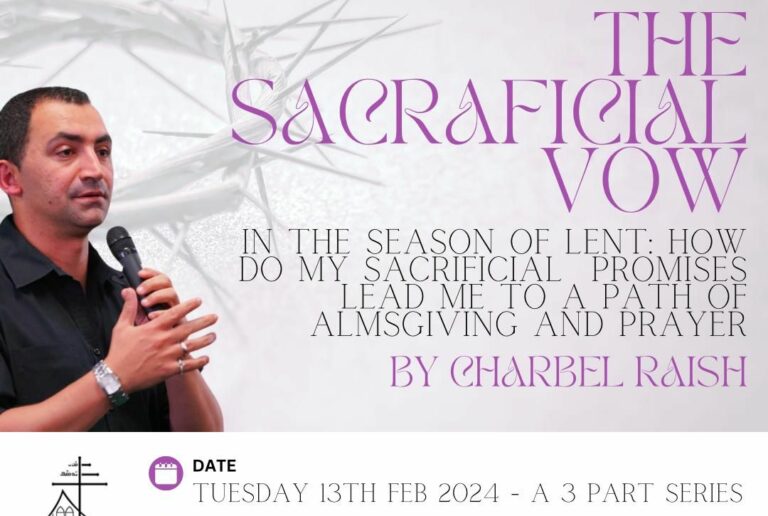
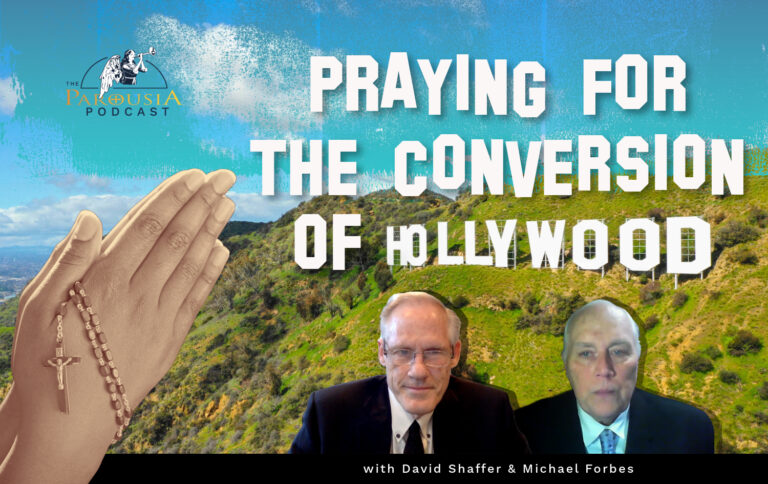

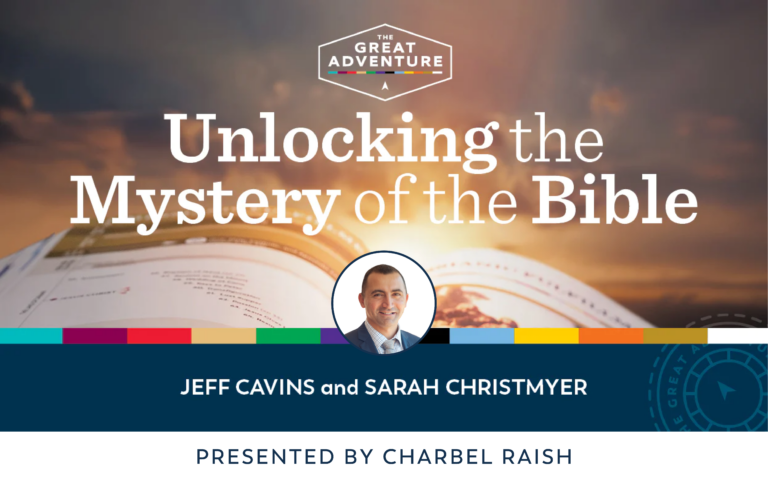
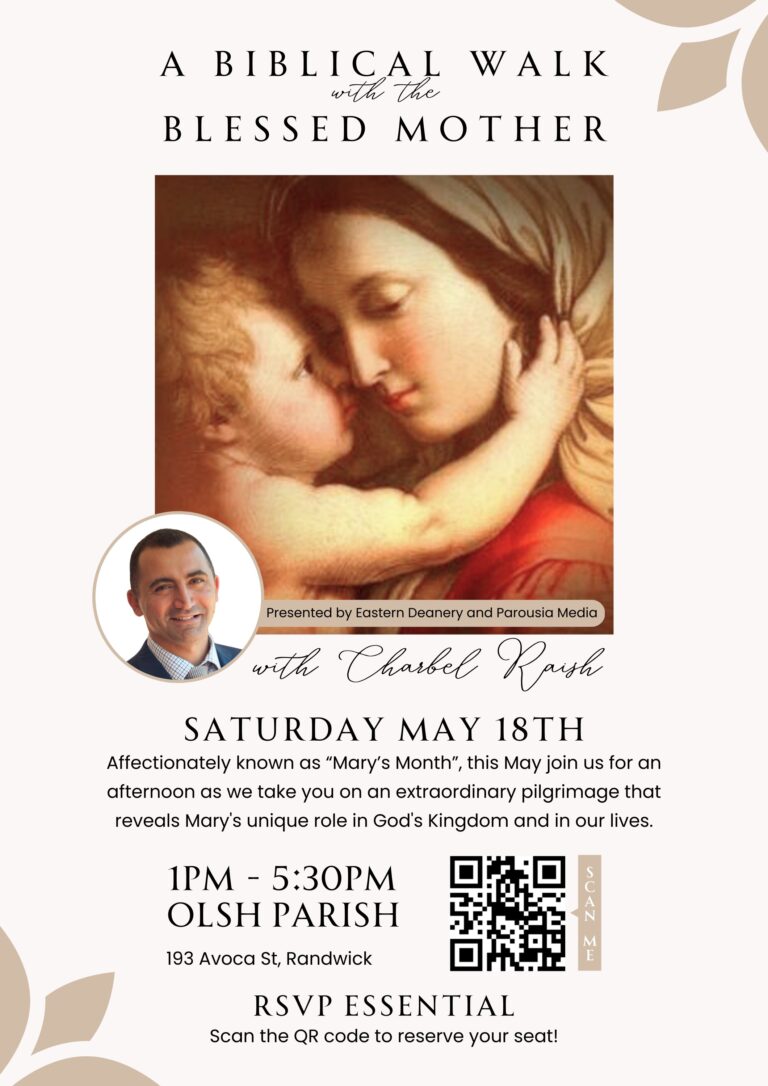
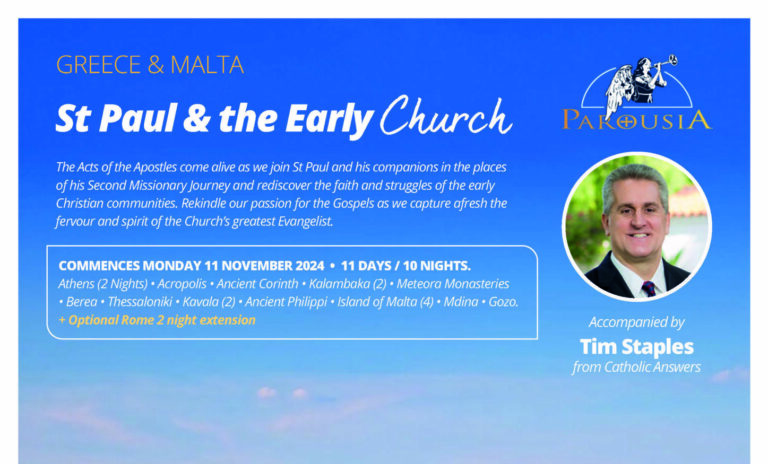
Recent Comments